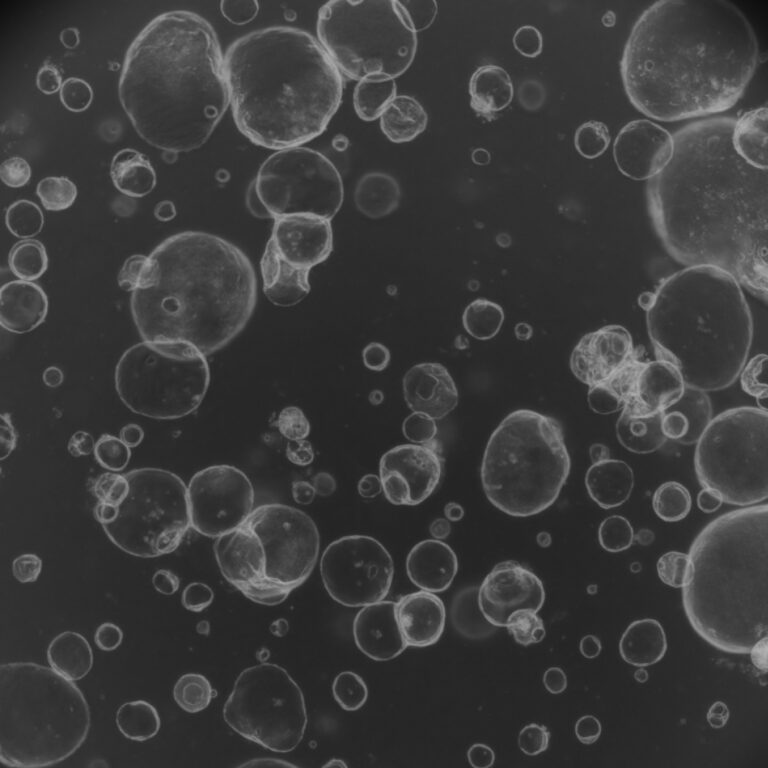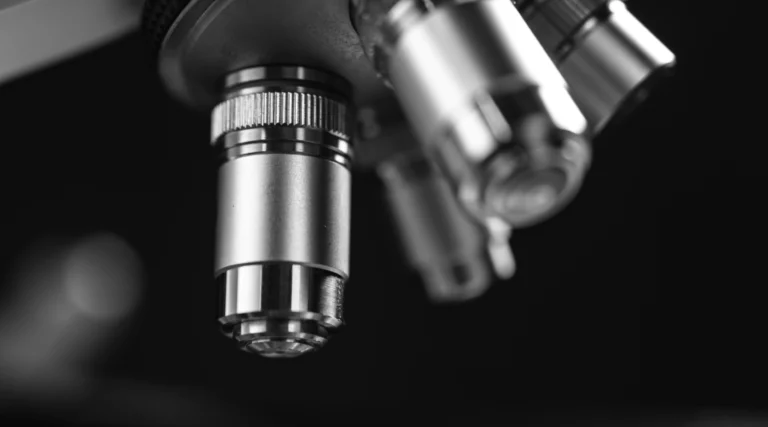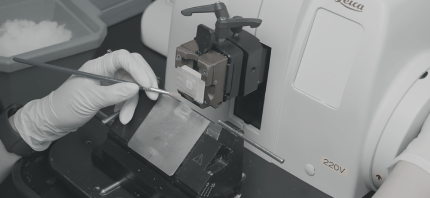The Impact of Inflammatory Markers and Obesity in Chronic Venous Disease
Journal: Biomedicines
Author: Flavia-Medana Petrascu, Catalin Marian, Romania
The statistical analysis revealed that age, C-reactive protein (CRP), fibrinogen, and absolute neutrophil count (ANC) were key predictors of CVD progression. Specifically, elevated CRP and fibrinogen levels correlated strongly with increased CVD severity, particularly in patients with higher body-mass index (BMI). BMI, while not an independent predictor, contributed indirectly to the disease severity through its association with these inflammatory markers. The logistic regression model incorporating age, BMI, CRP, fibrinogen, and ANC demonstrated a high predictive accuracy, with an area under the curve (AUC) of 0.902, highlighting the models reliability in stratifying patients at risk for severe CVD. Conclusions: This predictive model not only aids in identifying high-risk patients but also reinforces inflammation as a critical therapeutic target in CVD management.
Tumour evolution and microenvironment interactions in 2D and 3D space
Journal: Nature
Author: Chia-Kuei Mo, USA
The application of organoids has been limited by the lack of methods for producing uniformly mature organoids at scale. This study introduces an organoid culture platform, called UniMat, which addresses the challenges of uniformity and maturity simultaneously. UniMat is designed to not only ensure consistent organoid growth but also facilitate an unrestricted supply of soluble factors by a 3D geometrically-engineered, permeable membrane-based platform. Using UniMat, we demonstrate the scalable generation of kidney organoids with enhanced uniformity in both structure and function compared to conventional methods. Notably, kidney organoids within UniMat show improved maturation, showing increased expression of nephron transcripts, more in vivo-like cell-type balance, enhanced vascularization, and better long-term stability. Moreover, UniMat’s design offers a more standardized organoid model for disease modeling and drug testing, as demonstrated by polycystic-kidney disease and acute kidney injury modeling. In essence, UniMat presents a valuable platform for organoid technology, with potential applications in organ development, disease modeling, and drug screening.
Scalable production of uniform and mature organoids in a 3D geometrically-engineered permeable membrane
Journal: Nature Communications
Author: Dohui Kim, South Korea
The application of organoids has been limited by the lack of methods for producing uniformly mature organoids at scale. This study introduces an organoid culture platform, called UniMat, which addresses the challenges of uniformity and maturity simultaneously. UniMat is designed to not only ensure consistent organoid growth but also facilitate an unrestricted supply of soluble factors by a 3D geometrically-engineered, permeable membrane-based platform. Using UniMat, we demonstrate the scalable generation of kidney organoids with enhanced uniformity in both structure and function compared to conventional methods. Notably, kidney organoids within UniMat show improved maturation, showing increased expression of nephron transcripts, more in vivo-like cell-type balance, enhanced vascularization, and better long-term stability. Moreover, UniMat’s design offers a more standardized organoid model for disease modeling and drug testing, as demonstrated by polycystic-kidney disease and acute kidney injury modeling. In essence, UniMat presents a valuable platform for organoid technology, with potential applications in organ development, disease modeling, and drug screening.
Acanthamoeba polyphaga de novo transcriptome and its dynamics during Mimivirus infection
Journal: Scientific Reports
Author: Anna Czarnota, Poland
An effective vaccine against hepatitis C virus (HCV) should elicit both humoral and cellular immune responses. Previously, we characterized a bivalent vaccine candidate against hepatitis B (HBV) and HCV using chimeric HBV-HCV virus-like particles (VLP), in which the highly conserved epitope of HCV E2 glycoprotein (residues 412–425) was inserted into the hydrophilic loop of HBV small surface antigen (sHBsAg). While sHBsAg_412–425 elicited cross-neutralizing antibodies, it did not trigger a T-cell response against HCV. Thus, this study aimed to develop a vaccine candidate engaging both arms of adaptive immune response, potentially offering stronger protection against HCV. We evaluated the immunogenicity of minicircle (MC) DNA vaccines encoding sHBsAg_412–425 and HCV nonstructural (NS) proteins in BALB/c mice. Co-administration of sHBsAg_412–425 and NS induced a potent T-cell response, especially against NS3 and high titers of antibodies specific to HCV E2. Additionally, these antibodies recognized native HCV envelope glycoprotein heterodimers (E1E2) across multiple HCV genotypes and showed binding profiles to E1E2 alanine mutants comparable to the broadly neutralizing AP33 antibody. Overall, the findings demonstrate that MC DNA vaccine incorporating both sHBsAg_412–425 and HCV NS protein sequences induces robust, T-cell and AP33-like antibody responses, highlighting its potential as pan-genotypic prophylactic vaccine against HCV.



